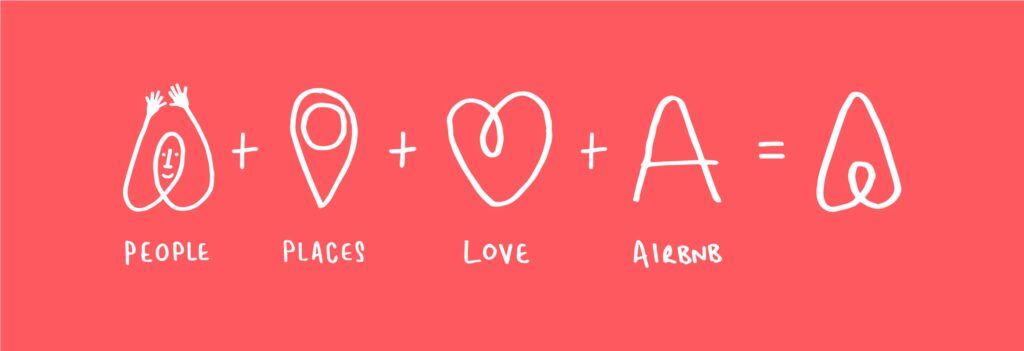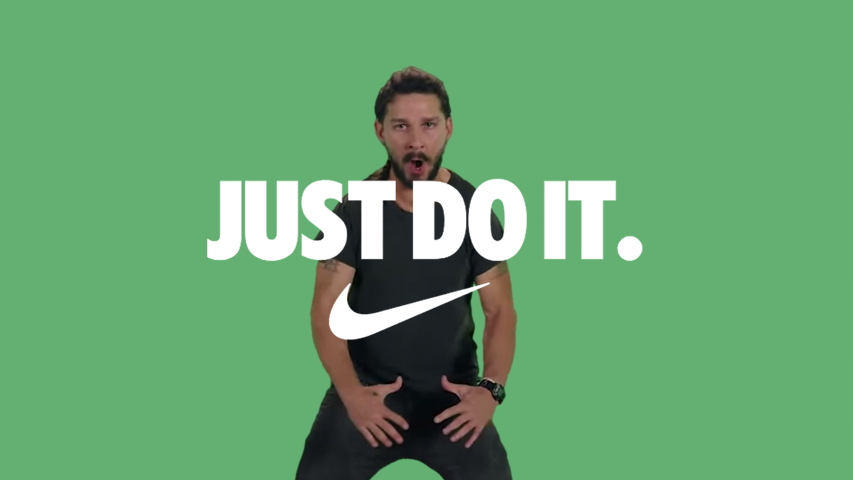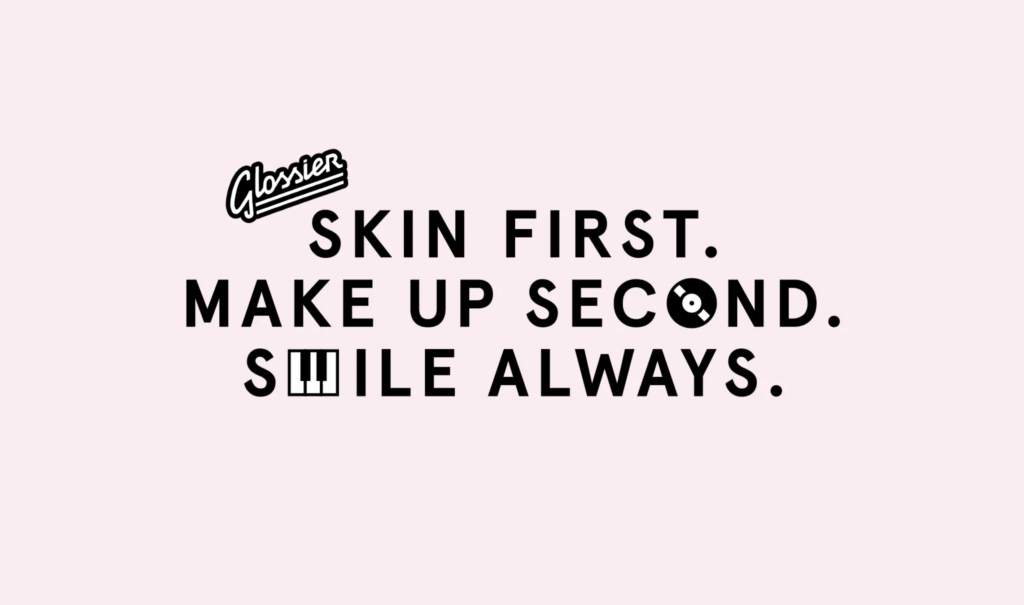Great brands aren’t born—they’re built with market research that uncovers the heart of what customers truly want. Consumers are overwhelmed with choices–successful branding is no longer about having the flashiest logo or catchiest slogan. Instead, it’s about creating a genuine connection with your audience, carving out a unique space in a crowded market, and evolving based on real-world insights.
This is where market research becomes the unsung hero of branding success.
Let’s dive into why market research, or brand research, is the foundation of standout branding and how marketers can leverage it to craft brands that truly resonate.
Why marketing research for branding is the foundation of successful brands
Branding is far more than visuals and taglines—it’s the emotional connection a brand builds with its audience, its unique value proposition, and how it’s perceived in the market. Yet, many companies fall into the trap of skipping the research phase, relying instead on gut feelings or outdated assumptions.
The consequences? Tone-deaf campaigns and missed opportunities. Consider Pepsi’s infamous protest ad featuring Kendall Jenner. The ad, designed to resonate with social justice sentiment, quickly backfired because it lacked the depth of understanding about its audience’s expectations and sensitivities. This is a classic example of branding without the backing of robust market research.
Market and brand awareness research answers critical questions about your target audience, competitors, and brand perception. It provides the foundation for informed decisions, ensuring your brand messaging and identity are rooted in real insights rather than guesswork.
The 4 core pillars of market research for branding
For your brand identity development and result to stand out, your research must address four key areas:
1. Understanding your target audience
Understanding your audience goes beyond demographics—it’s about tapping into psychographics (values, interests, and lifestyles) and behavioral patterns.
Emotional triggers, in particular, play a vital role in making your brand memorable.
Case in point: Dove’s “Campaign for Real Beauty.” By addressing women’s insecurities around beauty standards, Dove connected with its audience on an emotional level, resulting in a campaign that remains iconic even today.
✨Design Force tip: Leverage micro-segmentation. AI-powered tools can break down your audience into smaller, hyper-specific clusters—allowing you to tailor your strategy to niche groups more effectively.
2. Differentiation from competitors
To stand out, you must understand where your competitors fall short.
Tools like SWOT analysis (Strengths, Weaknesses, Opportunities, Threats) and competitor backlink audits can reveal gaps in their strategies.
For example, Apple’s minimalist branding and customer-focused simplicity have consistently differentiated it from competitors. By identifying what your competitors aren’t addressing, you can position your brand uniquely in the market.
3. Brand perception and awareness
Your brand is what people say about you when you’re not in the room. Understanding how your audience perceives your brand helps refine messaging and positioning. Use tools like brand perception surveys and social media sentiment analysis to gather these insights.
✨Design Force tip: Predictive analytics can take this a step further by forecasting future customer needs and perceptions. This allows you to stay ahead of the curve and proactively shape how your brand evolves. Netflix uses consumer behavior insights to deeply understand their customers’ streaming habits, allowing them to present tailored recommendations for their next must-watch.
4. Testing before launching
Before unveiling a new brand identity or campaign, testing is critical.
A/B testing visuals, messaging, and tone of voice can provide valuable insights into what resonates most with your audience.
Utilize tools like Attest or Qualtrics to measure audience reactions effectively. Testing ensures that your brand’s big debut isn’t met with indifference—or worse, backlash.
Modern tools and techniques for market research
The tools and techniques available today have revolutionized how we approach market research for branding. Here’s a look at some game-changing methods:
AI-powered insights
AI tools like Brandwatch deliver advanced sentiment analysis and social listening capabilities. By analyzing conversations across social media, blogs, and forums, it offers insights into how consumers feel about your brand, competitors, or industry trends. It helps identify emerging behaviors and preferences, allowing brands to stay ahead of the curve.
Digital listening
Social media tools like Mention or Sprout Social allow you to monitor conversations about your brand in real time. Passive insights gained through digital listening are often more authentic than traditional surveys, making them invaluable for understanding customer sentiment.
Real-time brand tracking
Platforms like Semrush or Qualtrics can track brand awareness, loyalty, and other metrics over time. Continuous tracking ensures you’re adapting to shifts in perception and staying aligned with your audience.
Case studies of brands that got it right
Airbnb: Building emotional connection

Source DesignStudio
When Airbnb shifted from “Travel Like a Human” to “Belong Anywhere,” it was the result of extensive market research revealing that travelers sought meaningful connections, not just accommodations.
This emotional branding has since become the cornerstone of Airbnb’s success.
Nike: Aspirational branding

Source Nike
Nike’s “Just Do It” campaign isn’t just about selling shoes—it’s about empowerment and aspiration. Through in-depth research, Nike tapped into its audience’s desire for motivation and inspiration, making the brand synonymous with achievement.
Glossier: Consumer-driven branding

Source Leslie David
Glossier’s rise as a millennial-friendly brand is rooted in listening to its customers. By crowdsourcing product ideas and feedback, Glossier built a brand that feels personal and approachable.
Allbirds: Owning a niche

Source Redantler
Allbirds used market research to identify a gap in the sustainable footwear market. By positioning itself as an eco-conscious brand, Allbirds successfully carved out a loyal following.
Actionable steps for conducting market research and competitive analysis for branding
Want to start leveraging market research today? Here’s a quick guide:
- Define objectives
Clarify what you want to learn—audience preferences, competitor weaknesses, or brand perception.
- Choose methods
Use surveys, focus groups, and digital listening tools to gather insights.
- Leverage technology
AI-powered tools like Attest or Qualtrics can uncover deeper, more actionable insights.
- Analyze competitors
Perform SWOT analyses and backlink audits to identify opportunities.
- Test branding ideas
Use A/B testing for messaging, visuals, and tone.
- Track continuously
Brand tracking tools ensure you stay in sync with evolving trends.
Common mistakes to avoid in market research for branding (and how to fix them)
Even with the best intentions, market research can go wrong if not approached strategically. Avoiding these common mistakes can save your brand from costly missteps and ensure your research leads to actionable insights:
- Relying on broad demographics instead of niche segments
Targeting broad groups like “millennials” dilutes your insights. Without narrowing to niche segments, branding feels generic and misses emotional connections.
Fix: Use tools like Qualtrics to segment audiences based on psychographics (interests, values) and behaviors for more personalized strategies.
- Ignoring competitor research
Skipping competitor analysis leaves you blind to market opportunities and vulnerabilities. Without it, your brand risks blending in.
Fix: Use a SWOT analysis or tools like Crayon to identify competitor weaknesses and position your brand uniquely in the market.
- Over-relying on surveys without digital listening
Surveys alone miss unfiltered feedback from real-world conversations. This limits your understanding of consumer sentiment.
Fix: Combine surveys with digital listening tools like Brandwatch to monitor social media, reviews, and forums for authentic, unsolicited insights.
- Conducting research without clear objectives
Unfocused research wastes time and leads to fragmented data that’s hard to act on.
Fix: Define clear goals upfront (e.g., understand audience pain points or improve brand perception) to ensure your research remains actionable and aligned with strategy.
- Launching branding initiatives without proper testing
Skipping testing risks launching tone-deaf or ineffective campaigns.
Fix: Use A/B testing tools like Attest to validate visuals, messaging, and tone of voice, ensuring your branding resonates with your audience before launch.
- Failing to measure post-launch performance
Stopping research after launch limits your ability to refine branding.
Fix: Track brand awareness and sentiment with tools like Semrush to optimize
Shaping a brand that resonates and thrives
Market research isn’t just a step in branding—it’s the backbone of a timeless brand. By investing in understanding your audience, differentiating from competitors, and consistently testing and evolving, you’ll build a brand that resonates, endures, and thrives.
Ready to dive deeper into crafting a standout brand? Subscribe to our website for more insights and strategies that empower marketers like you to lead with confidence.



